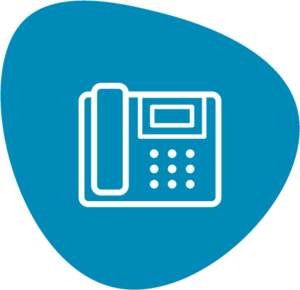Fibre to the Premises connection (FTTP) is used in circumstances where an optic fibre line will be run from the nearest available fibre node, to your premises. FTTP also requires an nbn™ network device to be installed inside your home. This device requires power to operate and can only be installed by an approved nbn™ Installer or service provider.
An nbn™ Fibre to the Node (FTTN) connection is utilised in circumstances where the existing copper network will be used to make the final part of the nbn™ network connection, from a nearby FTTN cabinet or micro-node to your premises.
The fibre node is likely to take the form of a street cabinet. Each street cabinet will allow the nbn™ network signal to travel over optic fibre from the exchange to the cabinet, and connect with the existing copper network to reach your premises
An nbn™ Fibre to the Building (FTTB) connection is generally used when we are connecting an apartment block or similar types of buildings to the nbn™ network. In this scenario we run a fibre optic line to the building communications room – we then use the existing technology in the building to connect to each apartment.
The fibre node in the building communications room is likely to take the form of a secure cabinet. Each cabinet will allow the nbn™ network signal to travel over the optic fibre, to the existing network technology present in the building.
An nbn™ Hybrid Fibre Coaxial (HFC) connection is used in circumstances where the existing ‘pay TV’ or cable network can be used to make the final part of the nbn™ network connection. In this circumstance a HFC line will be run from the nearest available fibre node, to your premises.
Hybrid Fibre Coaxial (HFC) connections require an nbn™ network device to be installed at the point where the HFC line enters your home. This device requires power to operate, and can be installed by an approved nbn™ installer or service provider.
nbn™ deliver fibre all the way to the telecom pit outside a premises where the fibre then connects with a small Distribution Point Unit (DPU) that then uses the existing copper line to deliver fast broadband to the premises over a (usually) relatively short distance.





